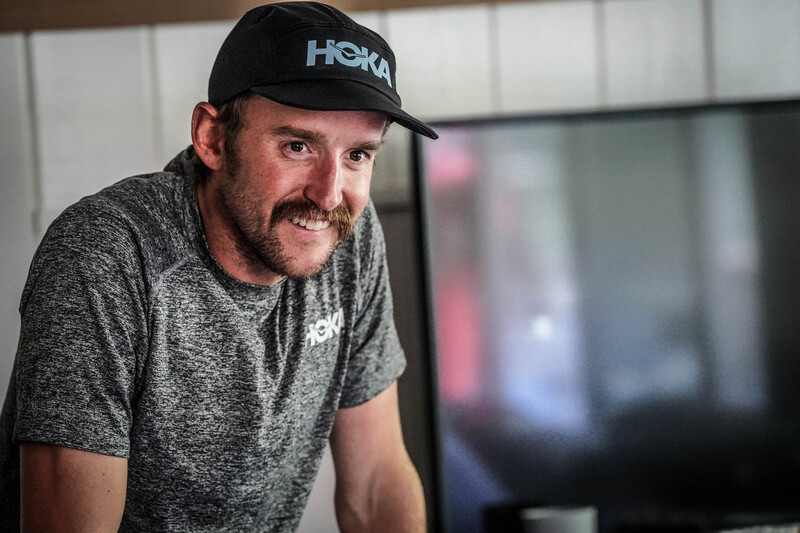After Lotto Dstny cyclist Victor Campenaerts shared his '10 tips from the top for altitude training', we reached out to elite runner Hayden Hawks to find out how he approaches training and racing at 2,000 metres (6,500 feet) and above...
Hi Hayden! First up, can you give us an insight into your approach to altitude training please?
Hayden: I’m a huge advocate for altitude training. When I was younger, I knew that altitude was a huge factor in becoming a better endurance athlete and so I picked a university that was at altitude for that reason.
I’m quite fortunate that I’ve lived at altitude most of my life and I’m currently at about 2,000 metres (6,500 feet), but I can drop down to close to sea level in 40 minutes, so I can enjoy the whole ‘live high, train low’ effect.
If I need to do speed work, I’ll go down lower, and if I want to build strength, then I stay at altitude
The key is to remember it’s not going to feel great all of the time when you’re training at altitude, especially if you’re coming from sea level, and so you’ll feel tired and recovery will be slower at first. You just need to remember to eat, hydrate and sleep a little bit more.
Your efforts aren’t going to be as fast as they could be at sea level, but you’ll start to feel the gains and I find that when I drop down to sea level, I can go a bit harder and my pace is faster.

How soon before a race start will you ideally arrive for a race at altitude?
Hayden: I would give it at least 10 to 14 days. Longer is even better, but I know that’s not always possible for people who are working full time jobs. For professional athletes, I think it’s important that you give respect to the race and arrive as far in advance as you can.
For something like Western States 100, that’s quite similar to the elevation where I live so I don’t need to arrive too early, but I know a lot of the European runners will arrive six weeks out for that one.

If I was training for Leadville 100, which reaches 3,650 metres (12,000 feet), I’d head there four-to-six weeks before as that’s when I think you get those biggest adaptations.
So, I’ll try and get as specific as possible to meet the demands of the individual race.
How does racing at altitude affect your race strategy?
Hayden: It’s a whole different ball-game. You have to be a little bit more strategic and patient. If you start pushing too early, you can destroy your race because once you start suffering at altitude, it’s very hard to come back from that deficit.
And how does racing at altitude affect your hydration and fueling strategy?
Hayden: I fuel a little bit more at altitude. I try to get more carbohydrates in, and I also drink more because even though it might feel cooler, the effort is much harder and so you’re placing greater demands on your body.
Does altitude racing suit you?
Hayden: I really enjoy racing at altitude. Maybe because I’ve lived at altitude most of my life and do a lot of my runs at around 2,000 metres (6,500 feet), but my coach Robbie Britton and I often talk about the fact I seem to respond really well to altitude.
Some of my best performances have come at altitude and so I feel like I have an advantage over my competitors when racing at height.